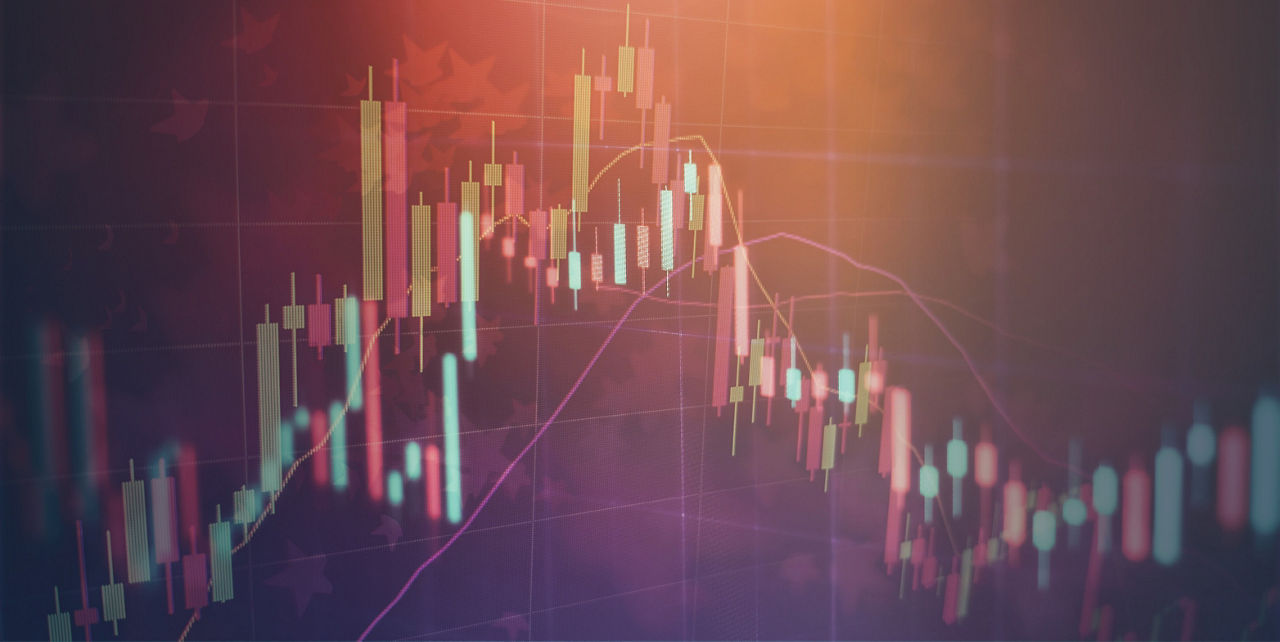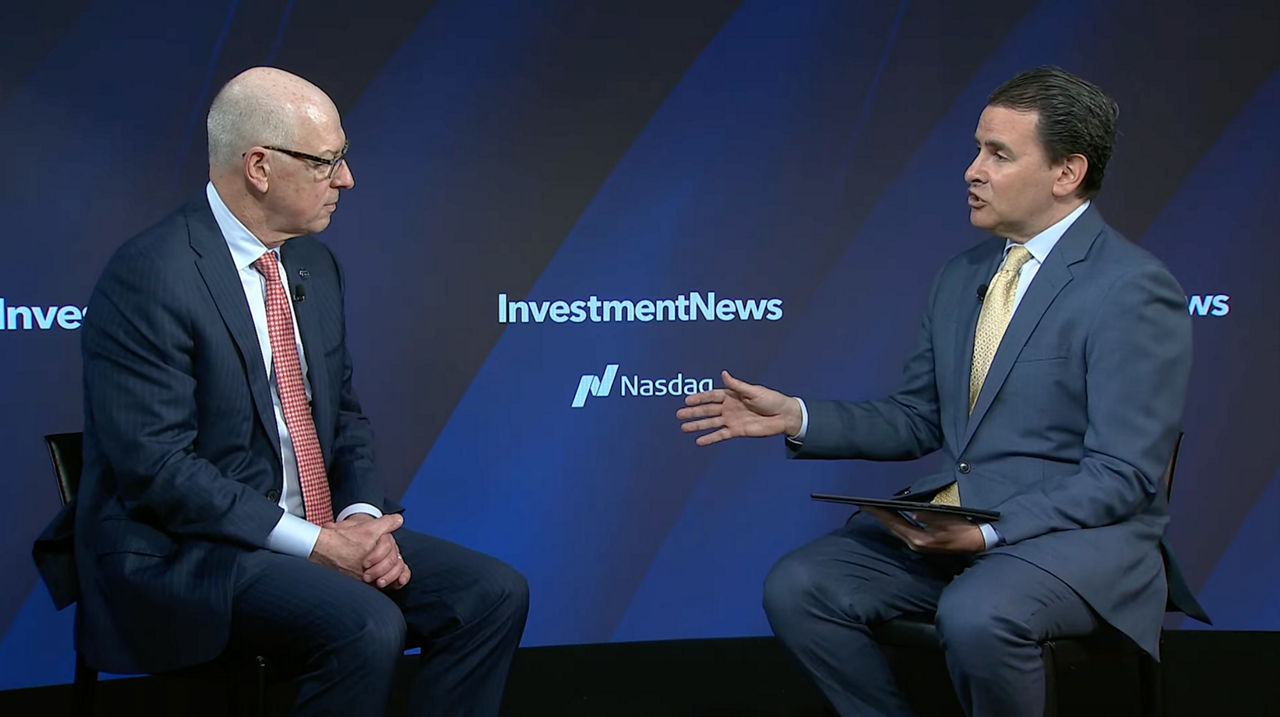Featured insights
-
The European Tilt: A 2025 RenaissanceExplore how Europe’s evolving markets may influence investment strategies and regional opportunities.
Read More
-
Credit Allocation in a Changing Market: Rethinking the Public-Private BalanceInstitutional investors face new challenges and opportunities as they seek the optimal mix of public and private credit in multi-asset portfolios.
Read More
-
OutlooksLiquidity, flexibility, and true diversification beyond traditional assets are now strategic imperatives, not tactical options.
Read More
$1.39T
#12
200+

A provider of global fixed income solutions.

A fundamental active equity and fixed income manager.

The quantitative investment specialist of PGIM.

Providing integrated solutions across public and private markets with portfolio strategy and asset allocation expertise.

A provider of actively managed investments including mutual funds, ETFs, and UCITs.

A manager of private fixed income and alternative portfolios.

A global manager of real estate equity, debt, and securities investment strategies.
Broad Range of Investment Capabilities Across Private and Public Markets
PGIM delivers specialized expertise across asset classes, including fixed income, equities, real estate, private credit, and other alternatives.
-
External PublicationForeign Affairs Op-Ed: The Right Way to Wield America’s Economic PowerOp-ed: Daleep Singh discusses "the right way to wield America's economic power" with Foreign Affairs.
Read More
-
In the NewsPGIM Real Estate appoints David Fassbender as deputy head of Asia PacificPhil Waldeck, CEO of PGIM Multi-Asset Solutions, sits down with InvestmentNews anchor Gregg Greenberg to explain growing investor interest in multi-asset solutions across both public and private markets.
Read More
-
Press ReleaseDemand for Multi-Asset Solutions is Soaring, Says PGIM’s Phil WaldeckFassbender will help drive the firm’s growth in the region and continue to lead its largest Asia Pacific business in Japan.
Read More
Subscribe to receive our latest insights
Stay informed on timely market developments, outlooks and industry events.
* Required Fields
Data as of 3/31/25 unless otherwise noted. All Assets Under Management are net unless otherwise noted.






